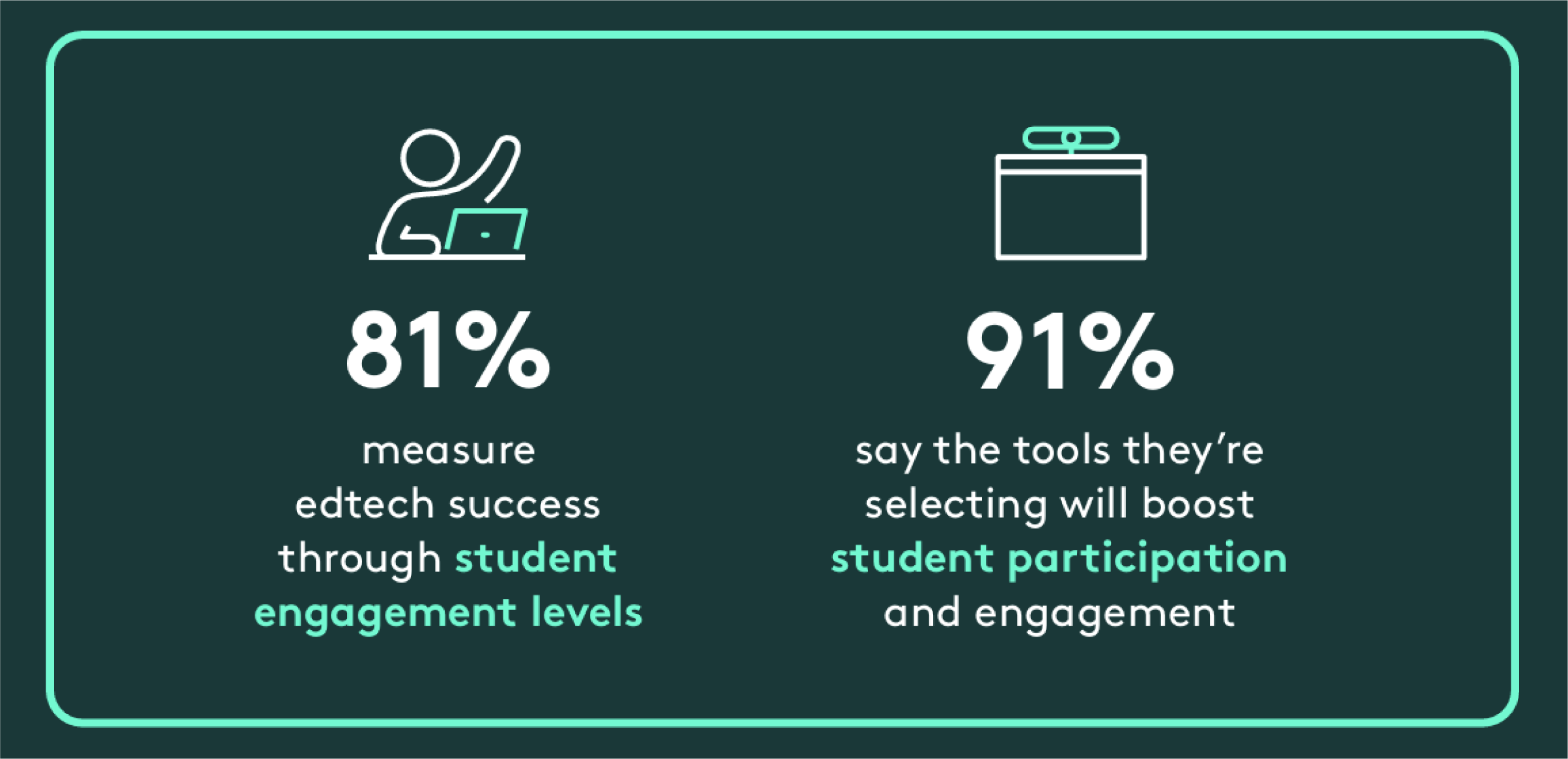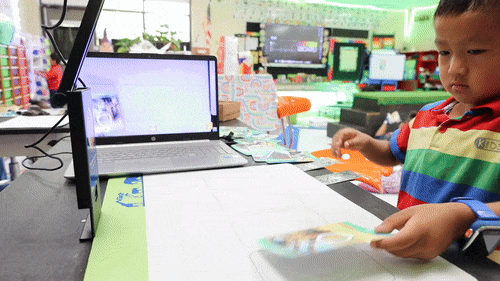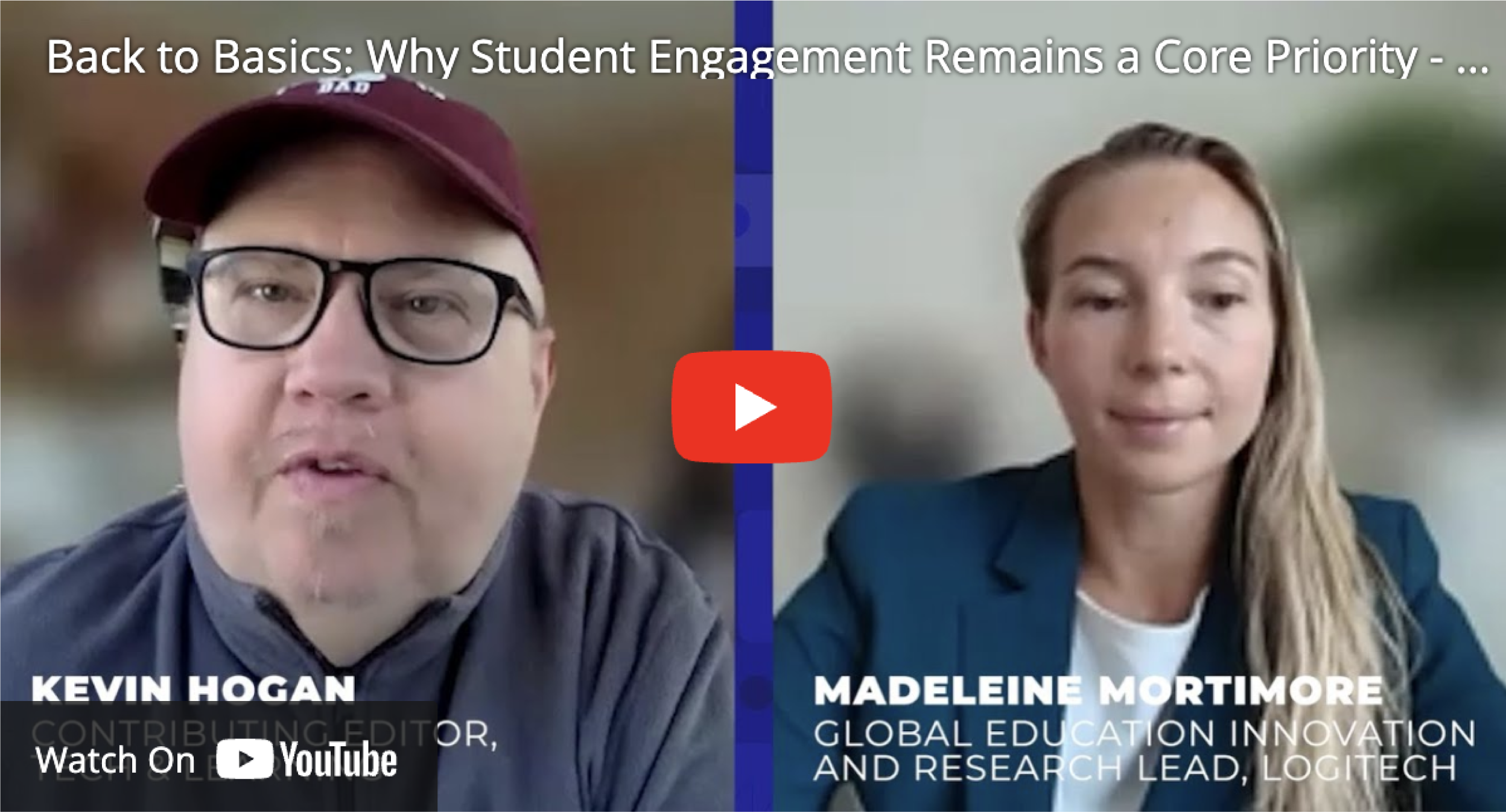“Our job now is to make sure the EdTech we invest in doesn’t just clear the low bar of getting kids involved, but achieves the highest level of sustained, brain-friendly engagement…”
6-minute read

Cynthia B. Kaye
Early Education Advocate | EdTech Innovator | CEO, Alive Studios

I recently listened to a great podcast, “Back to Basics: Why Student Engagement Remains a Core Priority.” It features Kevin Hogan of Tech & Learning interviewing Madeleine Mortimore from Logitech.
They were discussing a study by Logitech in collaboration with THE Journal, involving over 100 educators and IT leaders. I captured the key highlights:
- • 81% measure the success of educational technology (EdTech) primarily through student engagement levels.
- • 91% expect interactive tools to significantly boost student participation.
This data gives us a clear mission: our EdTech investments only pay off if they pull students toward genuinely deeper, visible participation. But what does that crucial “active engagement” actually look like in your busy classroom?
Engagement Defined: The Five Things We Look For (The Study)
The Logitech/THE Journal study identified five key actions that educators see as solid evidence of a student being engaged. These are great, easy-to-spot metrics, especially when kids are working together:
- • Participation: Students jump into classroom or online discussions.
- • Collaboration: Students actively work together in small groups using shared digital tools.
- • Curiosity: Students ask questions or show clear interest in what they are learning.
- • Presentation: Students confidently present projects, often using classroom tools like document or web cameras.
- • Volunteering: Students actively offer to share their work, observations, or thoughts aloud or through digital tools.
The NAEYC Alignment: The Standard for Active Tech for Early Learners
This focus on visible, active participation echoes the long-standing guidance from early learning experts. The National Association for the Education of Young Children (NAEYC) in partnership with the Fred Rogers Center has consistently emphasized that for technology to be developmentally appropriate, it must meet three core criteria:
- • It Must Be Active: The child is in control of the technology, not a passive viewer.
- • It Must Be Hands-On: Technology should augment (add to) hands-on exploration and play, never replace it.
- • It Must Be Intentional: The tool must have a clear, learning-focused purpose and be used by a skilled educator to support learning goals.
Essentially, if the technology isn’t leading to active, hands-on, creative learning, it’s missing the mark, and it certainly won’t deliver the engagement you need.

Kindergarten Student using Math alive® from Alive Studios
Beyond Participation: Three Deeper Metrics for Early Learning
While the study’s list focuses on academic participation that’s easy to count, early childhood educators know that the most effective engagement often runs deeper than just raising a hand. It’s tied to full focus, multi-sensory learning, and feeling safe enough to try.
Drawing from years of research into effective early learning practices, here are three additional, foundational ways to measure true student engagement, especially in the early years:
- • Sustained, Joyful Immersion: The best measure of engagement is how long a student stays focused and the visible joy or wonder they show while working. If a tool keeps them hooked and smiling with minimal redirection, their brains are totally ready to learn.
- • Making the Abstract Real: True engagement happens when a learning tool successfully takes a tough concept (like a letter sound or number) and turns it into something concrete, hands-on, and interactive. We measure this by their ability to actually do something with the concept and explain their understanding through that action.
- • Better Behavior (Less Friction): When a learning activity is deeply engaging and exciting, you see a measurable drop in classroom disruptions with fewer kids off-task, less frustration, and better overall behavior.
This tells you their full energy is directed toward the academic task, leading to success and a natural desire to learn more.
The New Mandate for EdTech
The data is undeniable: educators expect interactive tools to deliver participation. Our job now is to make sure the EdTech we invest in doesn’t just clear the low bar of getting kids involved, but achieves the highest level of sustained, brain-friendly engagement that guarantees long-term mastery, better behavior, and a genuine love of learning.
Does the technology you use in your classroom pass the engagement test?
➡️ Share this with your Peers and Administrators!
We’d love to hear your comments or questions below:

